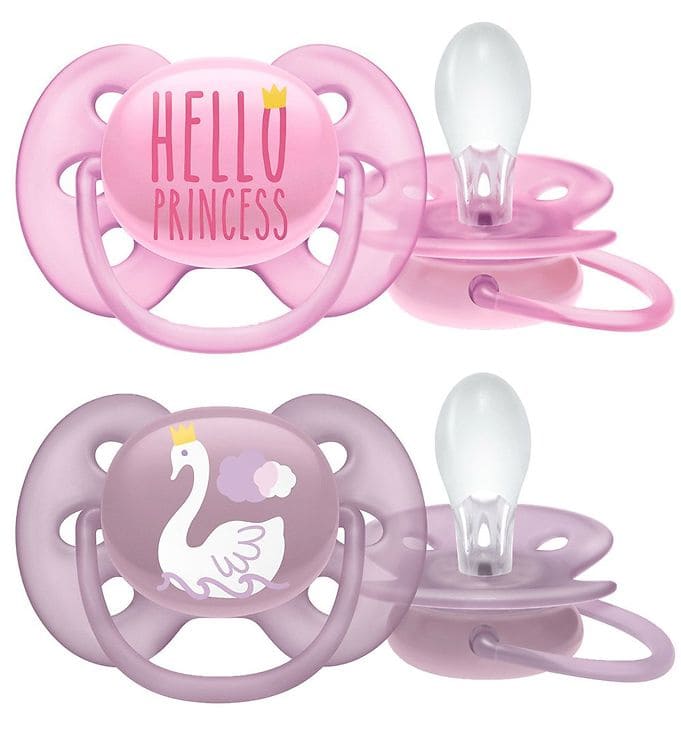Welcome to the Ultimate Guide to Avent Dummies!
Hello there, amazing parents and caregivers! If you’ve been on the hunt for the perfect pacifier for your adorable little bub, you’re in the right place! Our comprehensive guide to Avent dummies will cover everything you need to know to ensure your baby’s comfort while supporting their development. So, snuggle up with your little one and get ready to become an Avent dummy pro!
Why Choose Avent Dummies?
Before we dive into the nitty-gritty of pacifiers, let’s discuss why Avent dummies are a go-to for so many parents. Not only are they designed with your baby’s development in mind, but they’re also durable, safe, and super easy to clean – all the things we love and need! With different styles and age-appropriate sizes, Avent dummies are sure to be a hit for both you and your munchkin.
Finding the Perfect Avent Dummy for Your Baby
Now, onto the exciting part – choosing the perfect Avent dummy for your baby! Avent offers a wide range of dummies designed to suit every baby’s needs. Here’s a sneak peek of what you’ll find:
- Newborn Range: Specifically designed for the tiniest tots, these dummies are extra small and lightweight, perfect for newborns.
- Night Range: Glow-in-the-dark handles make nighttime soothes a breeze, making these dummies a lifesaver during those sleepy feeds.
- Airflow Range: If you’ve got a sensitive little one, these dummies come with extra-large holes in the shield to help prevent skin irritation.
- Classic Range: You can’t go wrong with a classic! These dummies are versatile, and always great to have on hand.
When choosing the right dummy, consider your baby’s age and developmental stage. Avent dummies come in different sizes that are appropriate for various stages, ensuring your baby is always in comfort as they grow.
How to Maintain Your Avent Dummy
Maintaining your Avent dummy is crucial to ensure it’s safe and hygienic for your baby to use. Here’s a quick guide on how to keep those dummies in tip-top shape:
- Cleaning and Sterilizing: Regularly clean the dummy in warm soapy water and rinse it off thoroughly. For sterilizing, you can use an Avent sterilizer or boil them for 5 minutes.
- Storage: Store your dummies in a dry, sealed container when not in use to prevent contamination.
- Replacing Dummies: Regularly inspect dummies for wear and tear, and replace them immediately if you notice any damage or weakness.
Now that we’ve covered the essentials, get ready to dive deeper into the amazing world of Avent dummies in the following sections. We’ll chat about tips for transitioning your baby off the dummy, how to deal with middle-of-the-night searches, and the benefits of having a trusty dummy by your side (or should we say, by your baby’s side!).
Stay tuned, fabulous parenting squad, because there’s so much more to learn about providing that comforting touch with an Avent dummy! We’re just getting started, so keep your eyes peeled for more in-depth insights in our next segment.
Love and cuddles to you and your little dumpling!

5 Things Parents Should Know in Preparing for Avent Dummy Use
1. Understanding the Importance of Nipple Shape and Material
When preparing to introduce an Avent dummy to your baby, be mindful of the nipple shape and material. Avent dummies often come with orthodontic, symmetrical collapsible silicone nipples which ensure a natural development of your baby’s palate, teeth, and gums, even if the dummy ends upside down in the mouth. Silicone is taste- and odor-free, making it more likely to be accepted by your baby. Being durable and long-lasting, it’s an excellent choice for your little one’s comfort and health.
2. Be Aware of Safety Standards
Safety is paramount when it comes to baby products. Rest assured, Avent dummies adhere to the highest safety standards. They are BPA-free, ensuring that your baby isn’t exposed to any harmful substances while soothing. Always check that the products you purchase meet or exceed national and international safety regulations.
3. Have a Dummy Cleaning Routine
Developing a regular cleaning routine is crucial. Rinsing the dummy every time it falls on the floor or after each use can prevent your baby from ingesting bacteria. Know that dummies can be cleaned in the dishwasher, boiled, or even sterilized using a microwave steam sterilizer designed by Avent. Make sure to read the manufacturer’s instructions for specific cleaning guidance.
4. Learn When to Introduce and Wean Off the Dummy
Some experts suggest waiting a few weeks after birth before introducing a dummy to ensure breastfeeding is well established. Regarding weaning, it’s generally recommended to start thinking about it after the 1-year mark to avoid any interference with your baby’s oral development. Of course, every child is different, so adjust these timings based on your baby’s unique needs and your pediatrician’s advice.
5. Have an Avent Dummy Backup Plan
Lastly, let’s talk about the backup plan. Babies have a knack for tossing their dummies at the most inopportune times. To avoid middle-of-the-night scrambles, keep a spare Avent dummy or two nearby. It’s a simple step that can save a lot of heartache and ensure soothing is always within reach.
With these insights, you’re all set to introduce an Avent dummy into your baby’s life. Remember, if you ever feel uncertain or have questions, don’t hesitate to reach out to your pediatrician or a lactation consultant. They can provide you with personalized advice and support. Happy parenting!
For more great articles please see here. For more information see here
Disclaimer
The articles available via our website provide general information only and we strongly urge readers to exercise caution and conduct their own thorough research and fact-checking. The information presented should not be taken as absolute truth, and, to the maximum extent permitted by law, we will not be held liable for any inaccuracies or errors in the content. It is essential for individuals to independently verify and validate the information before making any decisions or taking any actions based on the articles.




